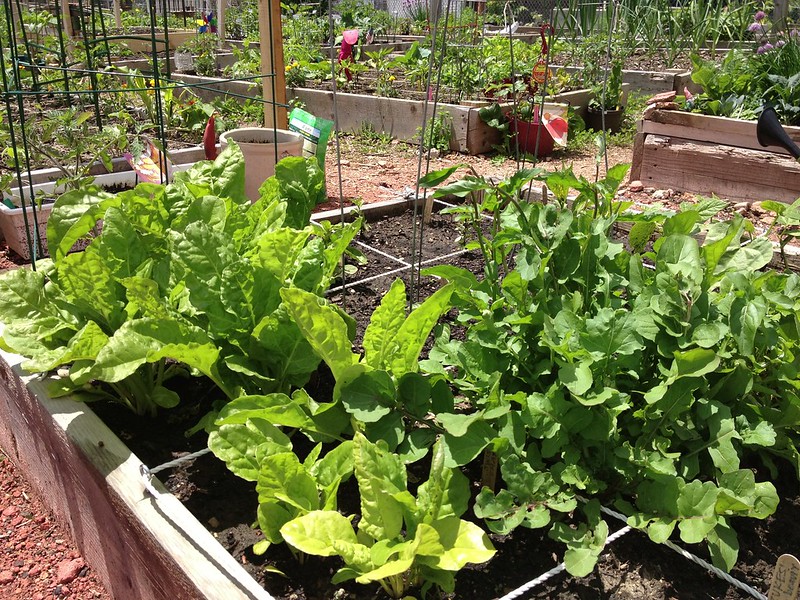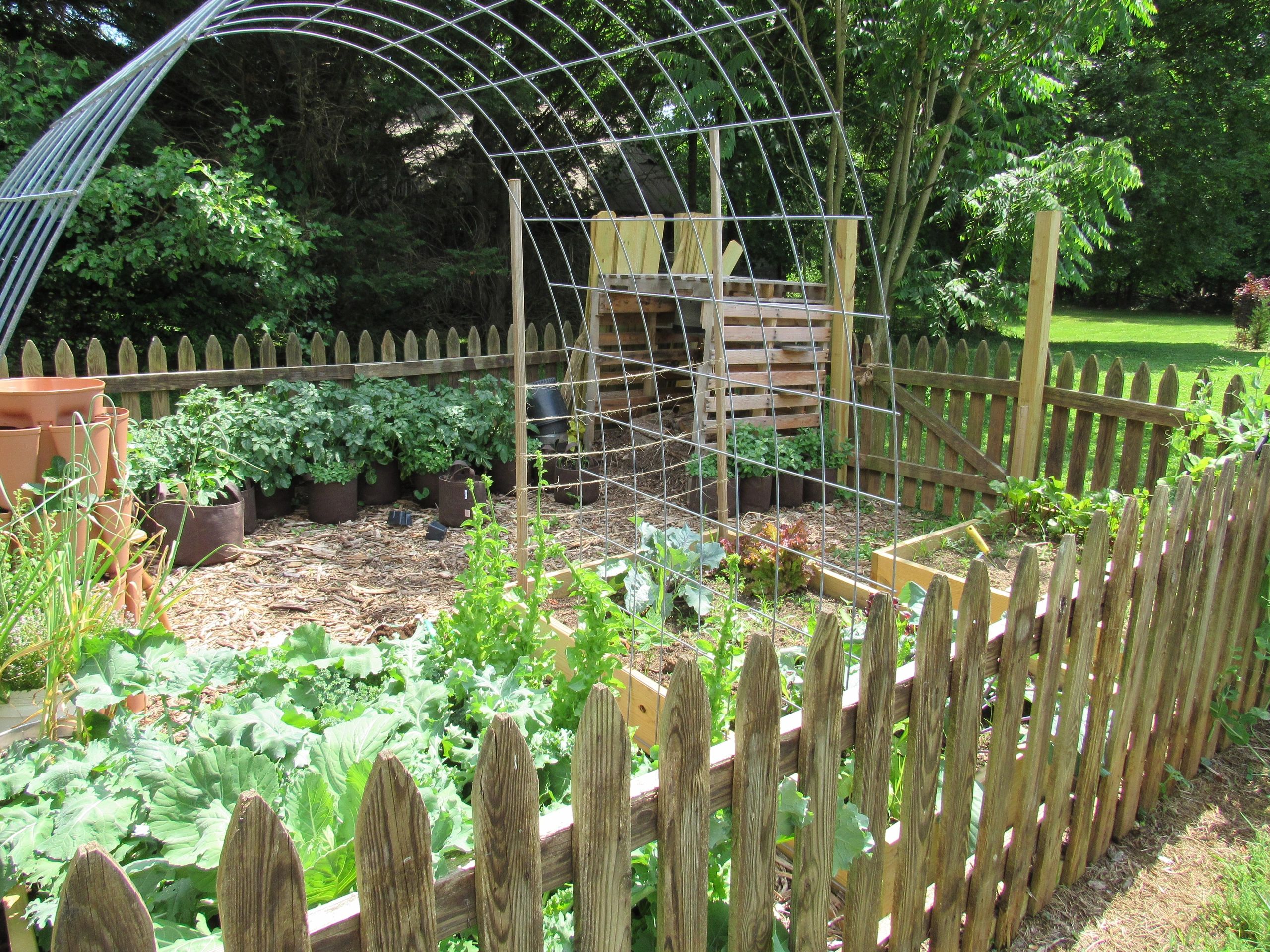Learn Exactly How to Grow a Thriving Horticulture Environment for All Skill Levels
Creating a flourishing garden is a multifaceted venture that can be welcomed by individuals at any skill level. By examining vital elements such as soil health and wellness, appropriate plant selection, and seasonal treatment routines, one can create a sustainable gardening method that yields satisfying outcomes. Understanding how to examine and improve your yard room lays the foundation for success. The intricacies of implementing these concepts usually present difficulties that can prevent also the most passionate newbie. What strategies can be employed to overcome these challenges and promote an absolutely thriving environment?
Comprehending Your Garden Space
In the realm of horticulture, recognizing your garden space is critical to cultivating a flourishing landscape (Homestead Gardening). The primary step in this endeavor involves assessing the specific features of your story. Variables such as dirt composition, sunlight exposure, and drainage play crucial functions in figuring out the suitability of your garden for various kinds of plants
Begin by performing a dirt examination to assess pH levels and vitamins and mineral material, which will certainly inform any type of required amendments. Additionally, observe just how much sunshine your space obtains throughout the day. Different plants have differing light requirements; some prosper completely sunlight, while others favor complete or partial color.

Lastly, examine the available room and plan accordingly. This includes thinking about plant heights and spread out to ensure sufficient space for growth without overcrowding. By getting a thorough understanding of your garden space, you set the structure for a successful horticulture experience.
Selecting the Right Plants
Choosing the right plants for your yard needs cautious consideration of numerous aspects, consisting of climate, dirt conditions, and personal preferences. Beginning by assessing your neighborhood environment, as specific plants flourish in particular temperature level varieties and weather condition patterns. As an example, exotic plants may not endure in chillier areas, while hardy perennials can endure harsh winters months.

Consider your personal choices, including aesthetic appeal and maintenance levels. Decide whether you favor vivid flowers, rich vegetation, or edible crops. Furthermore, consider the moment and initiative you agree to purchase plant care, as some varieties demand more interest than others.
Last but not least, think regarding the yard's layout and light exposure. Sunlight patterns throughout the day will certainly affect your options-- some plants need complete sunlight, while others grow in color. By attentively analyzing these elements, you can create a productive and unified yard tailored to your environment and preferences.
Crucial Gardening Tools
A well-appointed gardener can considerably enhance their horticulture experience and results. Crucial horticulture tools are essential to cultivating a successful garden, no matter ability level. First, a tough spade is invaluable for excavating and transforming soil, while a trowel allows for specific planting and transplanting of smaller plants.
Pruning shears are essential for keeping plant health by getting rid of thick or dead anonymous branches, promoting better air blood circulation and growth. Additionally, a hand rake works for removing debris and aerating the soil, making certain optimal conditions for plant navigate to these guys origins.
Gardening handwear covers protect hands from blisters, chemicals, and thorns, making them an important device. A watering can or hose with an adjustable nozzle makes sure that plants obtain adequate wetness without overwatering.
Finally, take into consideration buying a durable wheelbarrow for moving soil, plants, and tools around the yard effectively. By putting together a high quality toolkit that includes these essential products, garden enthusiasts can deal with various jobs with confidence and convenience, paving the method for a growing horticulture setting. Remember, the right devices not only enhance performance however additionally enhance the total satisfaction of the horticulture procedure.
Dirt Preparation and Upkeep
Quality soil is the foundation of a successful yard, making proper prep work and upkeep vital for healthy plant development. The initial step in soil preparation involves checking its pH and nutrient levels. This can be attained via dirt screening sets available at horticulture centers or through specialist services. Based upon the examination results, modifications can be made to maximize soil conditions for details plant demands.
Including raw material, such as garden compost or well-rotted manure, is essential for enhancing dirt framework and fertility. This not just enhances nutrition accessibility however additionally advertises valuable microbial task. In addition, correct water drainage is essential; hefty clay dirts may require the addition of sand or perlite to improve oygenation.
Normal upkeep of soil health and wellness includes mulching, which conserves dampness and subdues weeds. Rotating plants every year assists prevent nutrient deficiency and lowers bug and disease threats. It is additionally essential to avoid over-tilling, which can interfere with dirt structure and injury helpful organisms.
Inevitably, a constant commitment to dirt preparation and upkeep will lead to a prospering garden, ensuring that plants get the important nutrients they require for robust development and performance.
Seasonal Care and Management

In spring, emphasis on planting new seeds and seed startings, while likewise performing soil examinations to modify nutrient deficiencies. Regularly inspect for conditions and pests, as these can multiply with the warming climate. Summertime needs consistent watering and mulching to keep dampness, along with pruning for far better air circulation.
As autumn techniques, it's time to prepare the yard for dormancy. This includes gathering plants, tidying up debris, and applying a layer of compost to shield plant roots from frost. Think about growing cover plants to improve the soil during the cold weather.
Last but not least, winter months treatment is vital. Evaluate frameworks like greenhouses for damages and ensure proper insulation for sensitive plants. Consistently monitor for insects that may seek sanctuary inside. By adjusting your horticulture techniques to the seasonal cycles, you can cultivate a flourishing environment that supports plant health year-round.
Final Thought
To conclude, cultivating a successful garden requires a comprehensive understanding of important principles such as dirt make-up, sunshine direct exposure, and proper plant choice. Executing effective soil prep work and upkeep methods, together with utilizing the right devices, cultivates an ideal growing environment. Normal seasonal treatment and administration practices further boost plant health and wellness and productivity. By sticking to these fundamental guidelines, individuals in all skill levels can attain a growing garden that adds to both visual enjoyment and ecological sustainability.
Picking the right plants for your garden calls for careful factor to consider of various variables, including environment, soil problems, and personal preferences. Conduct a dirt test to establish pH degrees and vitamins and mineral material, which will certainly direct you in picking plants that will grow in your yard.Lastly, think about spending in a durable wheelbarrow for transporting soil, plants, and devices around the yard effectively.Quality dirt is the structure of a successful garden, making correct preparation and maintenance vital for healthy plant growth. Homestead Gardening.In final thought, growing a successful garden needs a thorough understanding of vital concepts such as dirt composition, sunlight exposure, and proper plant option